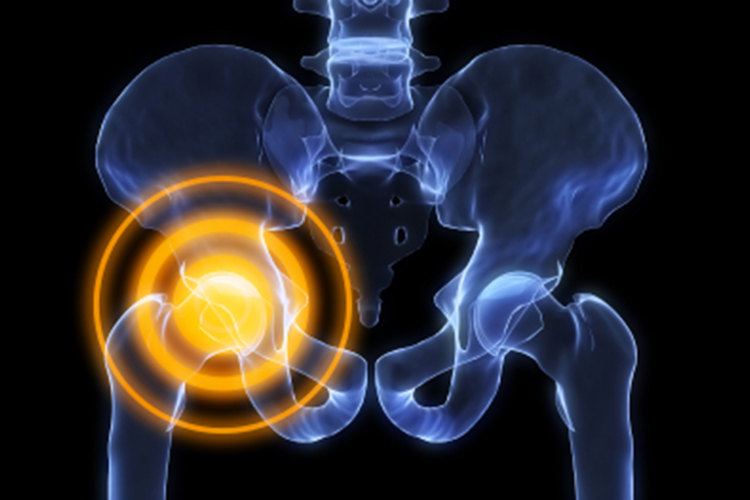The goal of rehabilitation services—occupational therapy, physical therapy and speech-language pathology—is to maximize a senior's function and quality of life. The need for and type of rehabilitation services would depend on the type and extent of a senior's hip injury.
If the hip injury has adversely affected their ability to perform activities of daily living (ADLs), such as getting dressed, bathing or toileting, occupational therapy may be the most appropriate. If the hip injury has resulted in pain or a reduced ability to get in or out of bed, to get up from a chair, to walk safely, or to get in or out of a car, then physical therapy may be more appropriate. Physical therapy is also a good non-medicinal option for pain management and there are several ways a physical therapist can help to reduce the intensity and frequency of hip pain.
Both occupational therapy and physical therapy services can be provided in a senior's home, at an outpatient office, in a hospital, at long-term care facility, at an adult day center or in a short-term inpatient senior rehabilitation facility. How often and for how long rehabilitation services are needed will depend on the specifics of the injury itself and the senior's level of health both before and after the incident. If the hip injury was the result of a fall, physical and occupational therapists will also identify and treat fall-risk factors, such as tripping hazards and other environmental issues, unsteady walking, or poor balance, to prevent another fall from occurring.

